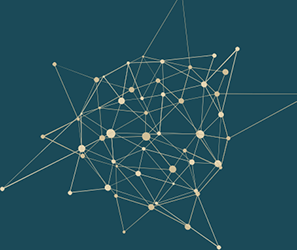Speaker
Description
In the presence of an ultralight bosonic field, spinning black holes are unstable to superradiance. The rotational energy of the black hole is converted into an oscillating boson cloud, which dissipates through the emission of nearly monochromatic gravitational radiation. Thus, gravitational wave observations by ground- or space-based detectors can be used to probe the existence of dark particles weakly coupled to the Standard Model. We demonstrate how these waveforms are obtained utilizing methods from black hole perturbation theory, outline different gravitational wave search strategies for these sources, show current bounds on the existence of ultralight bosonic clouds based on these searches, and touch on how more complicated couplings to the Standard Model may affect the observational signatures.
